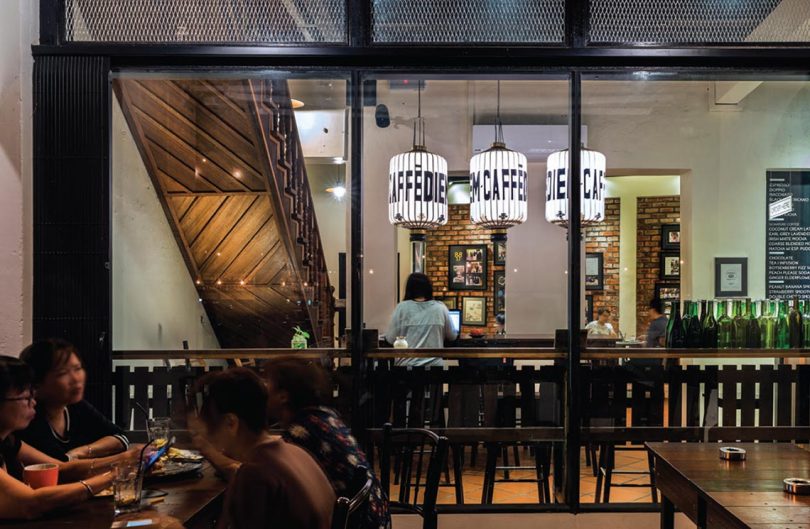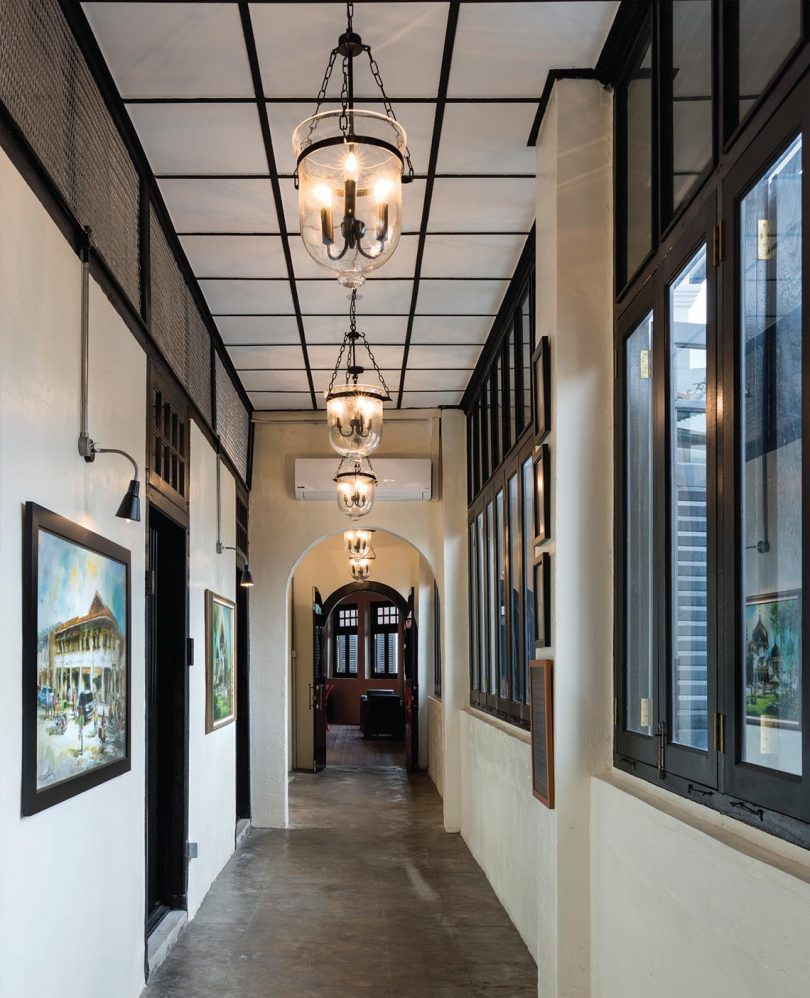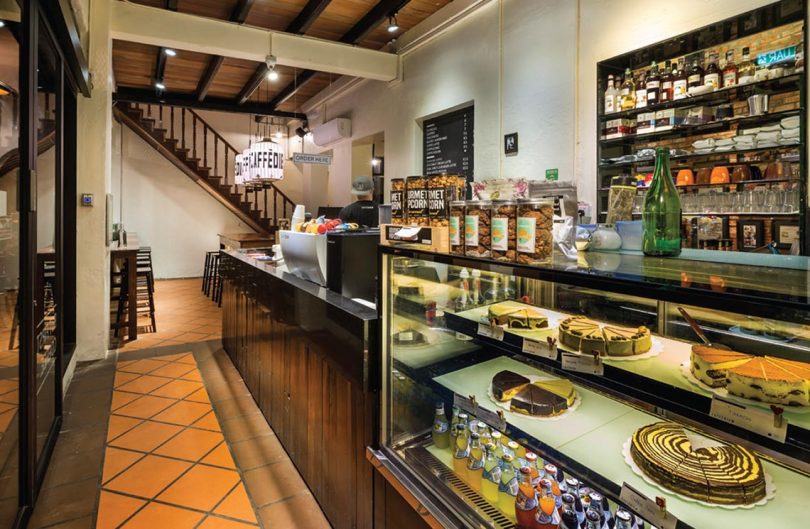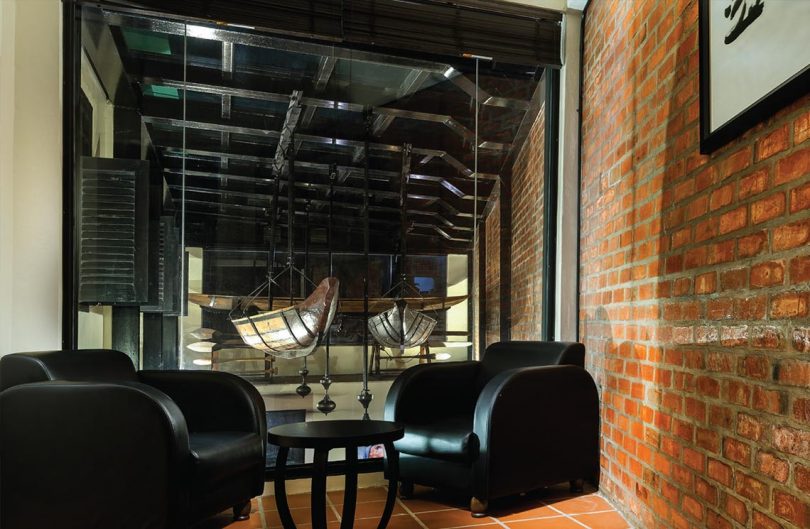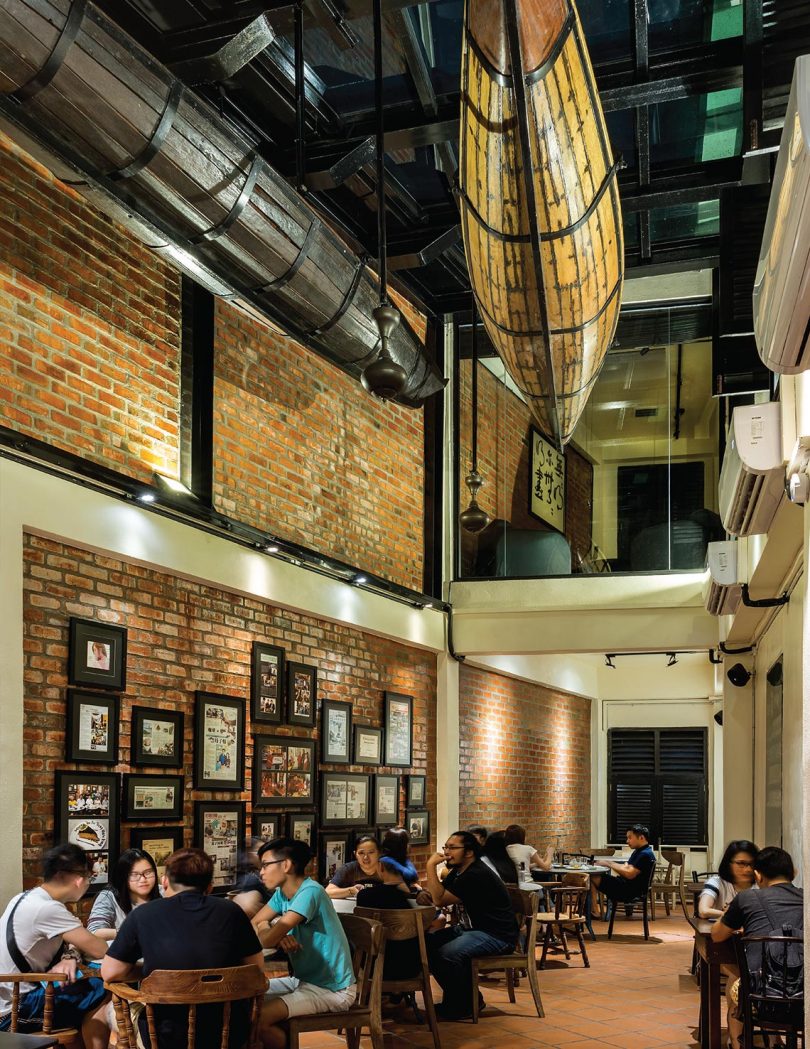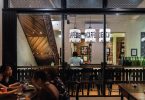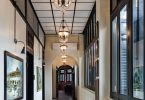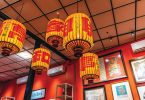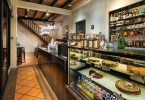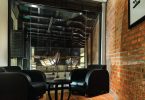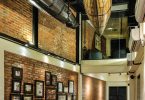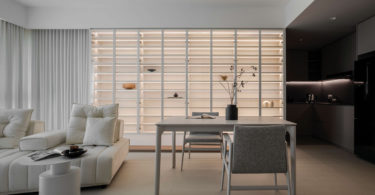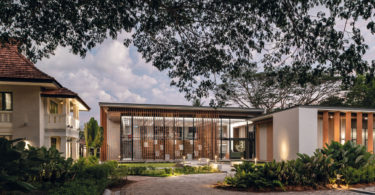Heritage buildings are an integral part of the city’s charm and character, and with more people embracing the preservation and conservation ethos, adaptive reuse of old buildings has emerged as a major force in today’s real estate market.
A case in point is this pre-war shop house at Pekan Cina, Alor Setar, Kedah—a heritage structure that has been converted into a specialty coffee place.
OLD-WORLD CHARM
The building was originally a prison during the rule of British Malaya in the 1800s, as commemorated in the road’s name, Jalan Penjara Lama. Before the Japanese occupation in 1941, the prison was relocated to its current premises at Jalan Sultanah. The shop house was sold to a private owner from Penang, who lived there and rented out the rest of the space as rooms or shop lots. The building was then left abandoned for the past 30 years.
The design brief for the interiors of the project was to restore the building to its former glory by retaining as much of its old-world charm as possible.
After completion, the whole building would be leased to Caffe Diem as its flagship store. The developer will then collaborate with Caffe Diem to educate the community on heritage conservation and preservation, Green techniques and knowhow, as well as to promote local art and culture, all with the intention of breathing a new lease of life into the town.
RESTORATION EFFORTS
The tedious restoration and design works on the old prison building commenced in late-2014, under the expertise of architect-cum-designer Ar Muhamad Azimin Shafie of Azimin Architect. He was short-listed for his creativity and vast experience in restoration works in Alor Setar and Penang.
The contractor was the father-and-son team of Cheng Meng Chia and Cheng Ching, who hailed from a three-generation family construction business. The former used to be an apprentice under his father, Leng Yuan, in the 1950s. The duo had prior experience working on some of the shop houses in Pekan Cina and were, thus, familiar with the architectural design.
The developer only had one instruction for the project team: Restore the building to its original glory (as much as possible) using traditional craftsmanship as the design base—the restored building should be able to stand tall for another 100 years or more.
The restored building recently clinched the distinction of being the first in the state of Kedah to be recognised with the GreenRE Silver Certification for existing non-residential properties for its various Green features.
NEW LEASE OF LIFE
Today, the first-floor prison rooms have been converted into a single spacious room, with three bay windows overlooking the internal courtyard, to be used for private functions. This space is named The Tunku Room, with photos of Tunku Abdul Rahman hanging on the wall. The first prime minister of Malaysia was an Anak Kedah (son of Kedah state), who rose from a humble prince to become the founding father of Malaysia.
The master bedroom that was once the home of the former owner has been converted into a private dining room, aptly named The China Room, since Caffe Diem is located in Pekan Cina (China Town). The room, however, is not a typical Chinese-style room but is infused with local culture and contemporary arts. Most of the walls are painted China red to evoke the nostalgia of the good old days. The windows open to the hustle and bustle of Pekan Cina during the day, with a view of the iconic Alor Setar Tower from afar.
All the paintings exhibited in the room, depicting scenes of the local multi-cultural and multi-racial society, are by Kedah-born artist Lee Choon Kooi and are part of the developer’s private collection.
In the middle of the room, where the handmade trapezoid table is, patrons are greeted by five beautifully handcrafted Chinese lanterns by Ipoh-born artisan and lantern-maker Chuen Mun Wai. These lanterns have become the centrepiece and conversation topic of the room.
The China Room, with its local flavours and influences, is the epitome of the developer’s and Caffe Diem’s strong support for the local art scene. The café will also host constant art exhibitions and cultural events that are open to the public free of charge.
The hanging Perahu Kedah (small row boats) is a permanent fixture of Caffe Diem, suspended from the glass ceiling of its enclosed double volume courtyard of the building. The masterpiece was the brainchild of the project architect, who suggested hanging “something meaningful that highlights Kedah rather than some expensive chandelier.”
BACK TO BASICS
Officially opened on 11 May 2016, the café only uses Fairtrade and other ethically certified coffee beans, supports local produce and suppliers, and hires only local staff. To further reduce its carbon footprint, 60 percent of the furniture was built from recycled timbers salvaged from the restoration works.
Innovative technology and methods have never been in the picture since the goal was to preserve the heritage building and to promote its history and the local arts and culture via a sustainable back-to-basics business model.
Research on the rich history of the heritage building, its surrounding community, as well as Green techniques are displayed inside and outside the building for public knowledge, making Caffe Diem an educational ‘living museum’. With Caffe Diem, the developer sets out to prove that heritage building restoration is not only more lucrative in the long run but also attracts crowds and, hence, generates more business for the tenant.
Location: 44, Jalan Penjara Lama, Pekan Cina, Alor Setar, Kedah
Completion Date: 11 May 2016
Site Area: 216.28 square metres
Gross Floor Area: 290 square metres
Client/Owner: Encomas Sdn Bhd
Architecture Firm: Azimin Architect
Principal Architect: Ar Muhamad Azimin Shafie
Interior Design Firm: Azimin Architect
Civil & Structural Engineer: Jurutera Perunding Kabatas Sdn Bhd
Mechanical & Electrical Engineer: Perunding PLA
Green Building Consultant: BSD Consultancy Sdn Bhd
Main Contractor: Rik Construction
Interior Fit-Out Contractor: Rik Construction
Images: H.Lin Ho Photography; 7+ Image



